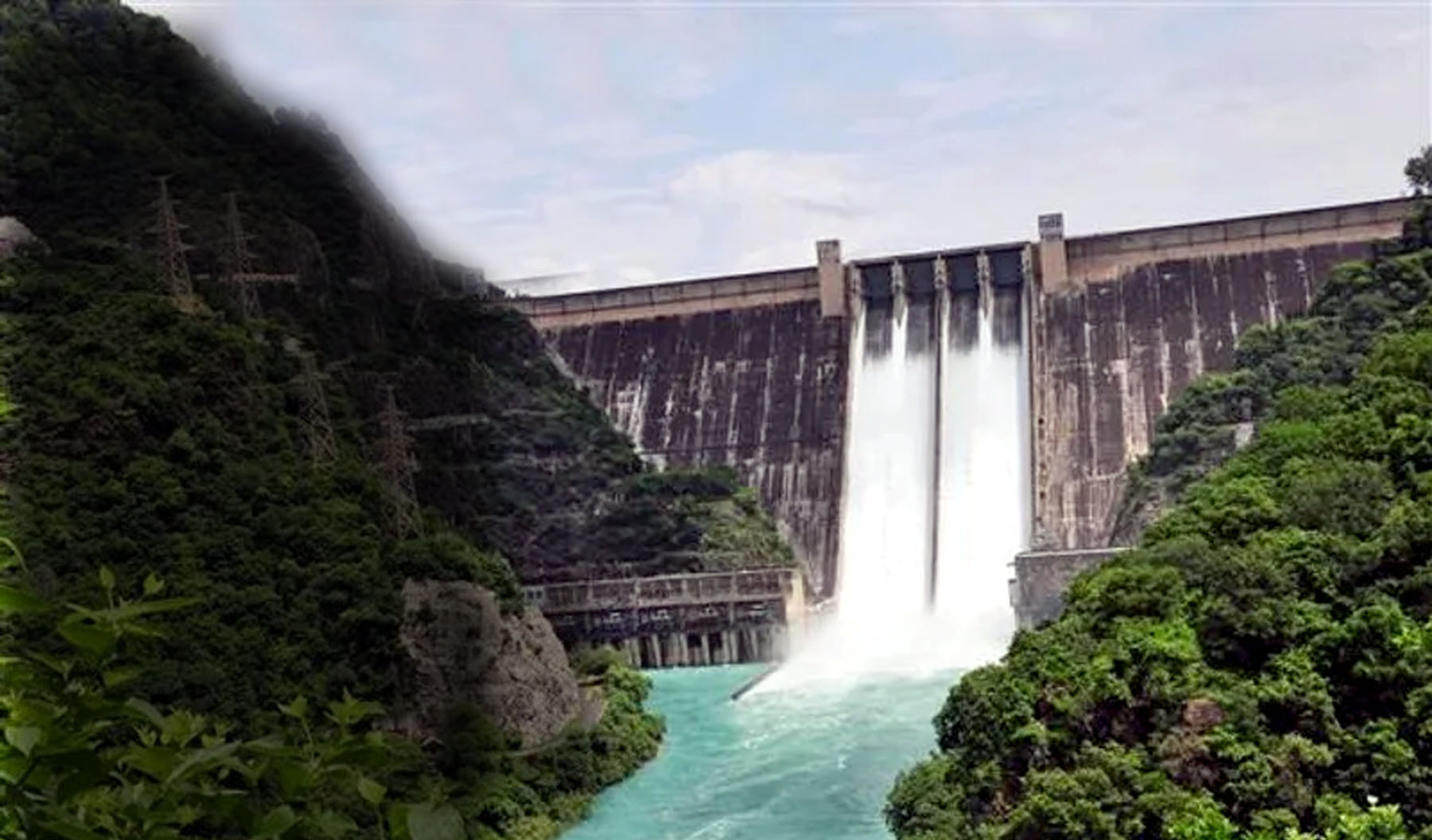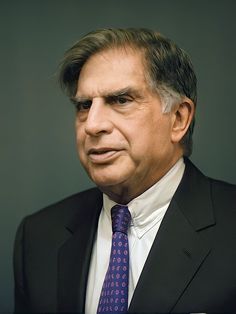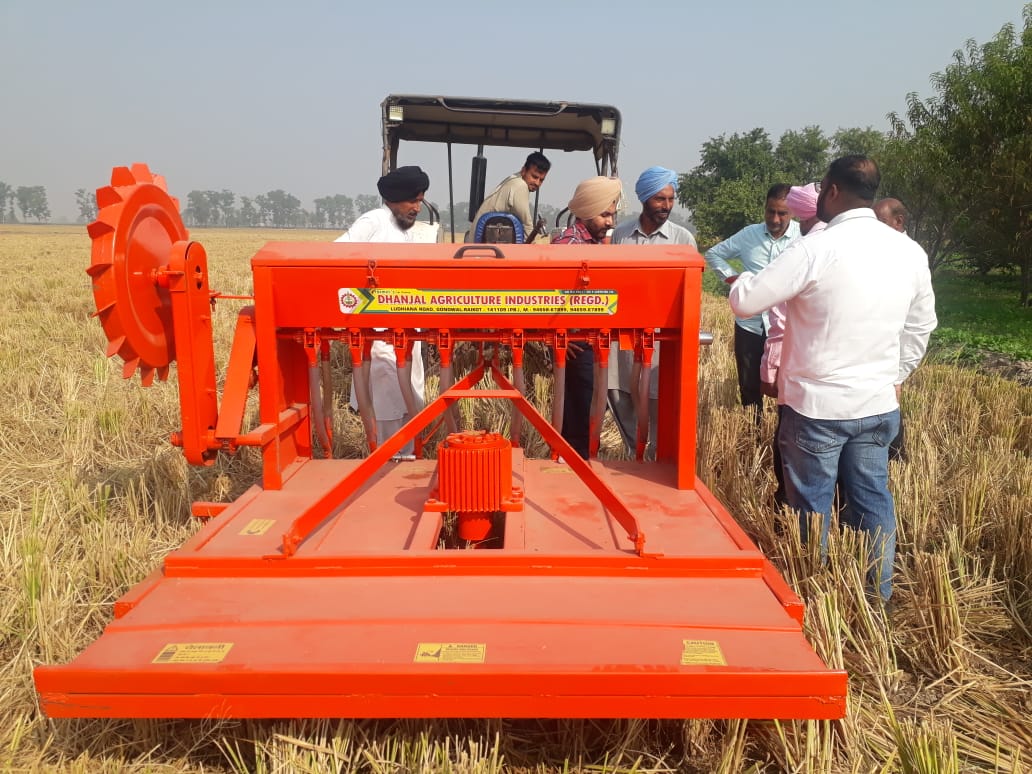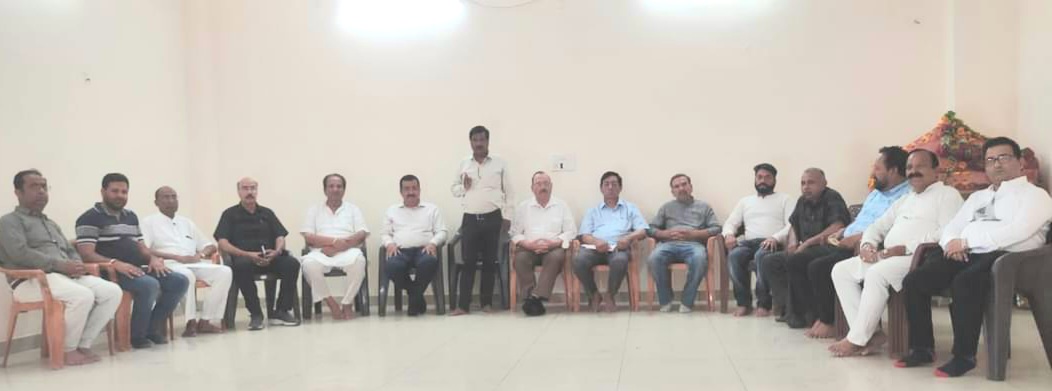
Punjab-Haryana Water Dispute - What is the matter.
Chandigarh, May 1 - Punjab-Haryana Water Dispute: Earlier in the week, the Haryana government created a stir by demanding 8,500 cusecs of water from the Bhakra Dam. The government claims that the state does not have water left even for domestic use. On the other hand, Punjab has rejected this demand outright and said that it does not have any surplus water. When the conflict between the two states escalated, the Bhakra Beas Management Board informed the Union Power Ministry that Punjab is not ready to give surplus water.
Chandigarh, May 1 - Punjab-Haryana Water Dispute: Earlier in the week, the Haryana government created a stir by demanding 8,500 cusecs of water from the Bhakra Dam. The government claims that the state does not have water left even for domestic use. On the other hand, Punjab has rejected this demand outright and said that it does not have any surplus water. When the conflict between the two states escalated, the Bhakra Beas Management Board informed the Union Power Ministry that Punjab is not ready to give surplus water.
What is Punjab's argument?
Punjab says that Haryana has already used its allotted share during the 'depletion period' from September 21, 2024 to May 20, 2025. Apart from these, the water level in big dams like Pong and Ranjit Sagar Dams is much lower than average. The main reason for this is the change in weather (less rainfall and snowfall) and the annual maintenance of the turbines of Pong Dam.
Although there is 19 feet of surplus water in Bhakra Dam, Punjab says that it is mandatory to maintain it for the paddy crop till June end.
What is Haryana's demand?
Haryana Chief Minister Naib Singh Saini wrote a letter to Punjab Chief Minister Bhagwant Mann on April 27, claiming that the Punjab government is not respecting the decision taken by the Bhakra Beas Management Board on April 23, under which Haryana was approved to provide an additional 4,500 cusecs of water. This demand is different from the 4,000 cusecs received on April 4. The Punjab government opposed the provision of additional water in the Bhakra Beas Management Board meeting on April 28. Chief Minister Bhagwant Mann said in a video that Haryana has already used 3.110 MAF, i.e. 103 percent of its allotted share of 2.987 MAF.
Haryana's warning
Chief Minister Saini warned that if water is not released now, excess water from the eastern rivers will go to Pakistan during the monsoon, which should not happen after the suspension of the Indus Water Treaty. He said that the water shortage will affect Hisar, Sirsa and Fatehabad.
Water sharing structure
According to the Indus Water Treaty of 1960, India got the right to the water of Sutlej, Ravi and Beas. After the re-formation of Punjab in 1966, the Bhakra Management Board was formed. The management of the Bhakra-Nangal project was given to it in 1967. Later, after the completion of the Beas project, the Beas Construction Board was merged with the BMB and the name was changed to Bhakra Beas Management Board in 1976. This board ensures water supply to Punjab, Haryana, Rajasthan, Himachal Pradesh, Delhi and Chandigarh. Water is distributed twice a year.
Depletion period: 21 September to 20 May Filling period: 21 May to 20 September
Punjab’s compulsion Apart from political strife, Punjab is facing a serious groundwater crisis. Due to this, the state has focused on irrigation through canals. Therefore, the Punjab government has spent Rs 4,000 crore to revive 79 abandoned canals and 1,600 km long ‘Khals’. This has led to an increase in the use of canal water by 12-13 per cent. Punjab argues that if more water is released now, the paddy crop in Gurdaspur, Pathankot, Amritsar and Tarn Taran will be affected after June 10.
What next?
The two states will have to find a solution through dialogue. If this is not possible, the Union Power Ministry can intervene and issue instructions, which may also open the possibility of legal action.














